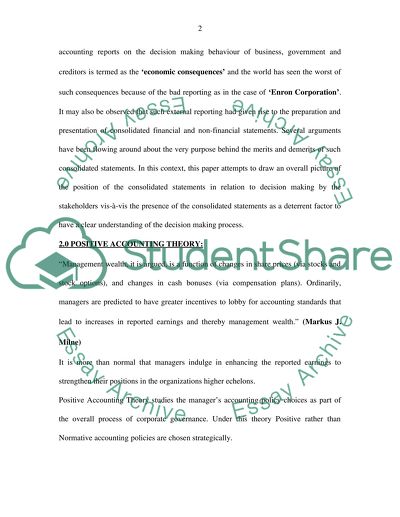Cite this document
(Reasons for Firms to Adopt Consolidated Financial Reporting Coursework - 1, n.d.)
Reasons for Firms to Adopt Consolidated Financial Reporting Coursework - 1. Retrieved from https://studentshare.org/finance-accounting/1516609-financial-reporting
Reasons for Firms to Adopt Consolidated Financial Reporting Coursework - 1. Retrieved from https://studentshare.org/finance-accounting/1516609-financial-reporting
(Reasons for Firms to Adopt Consolidated Financial Reporting Coursework - 1)
Reasons for Firms to Adopt Consolidated Financial Reporting Coursework - 1. https://studentshare.org/finance-accounting/1516609-financial-reporting.
Reasons for Firms to Adopt Consolidated Financial Reporting Coursework - 1. https://studentshare.org/finance-accounting/1516609-financial-reporting.
“Reasons for Firms to Adopt Consolidated Financial Reporting Coursework - 1”, n.d. https://studentshare.org/finance-accounting/1516609-financial-reporting.


